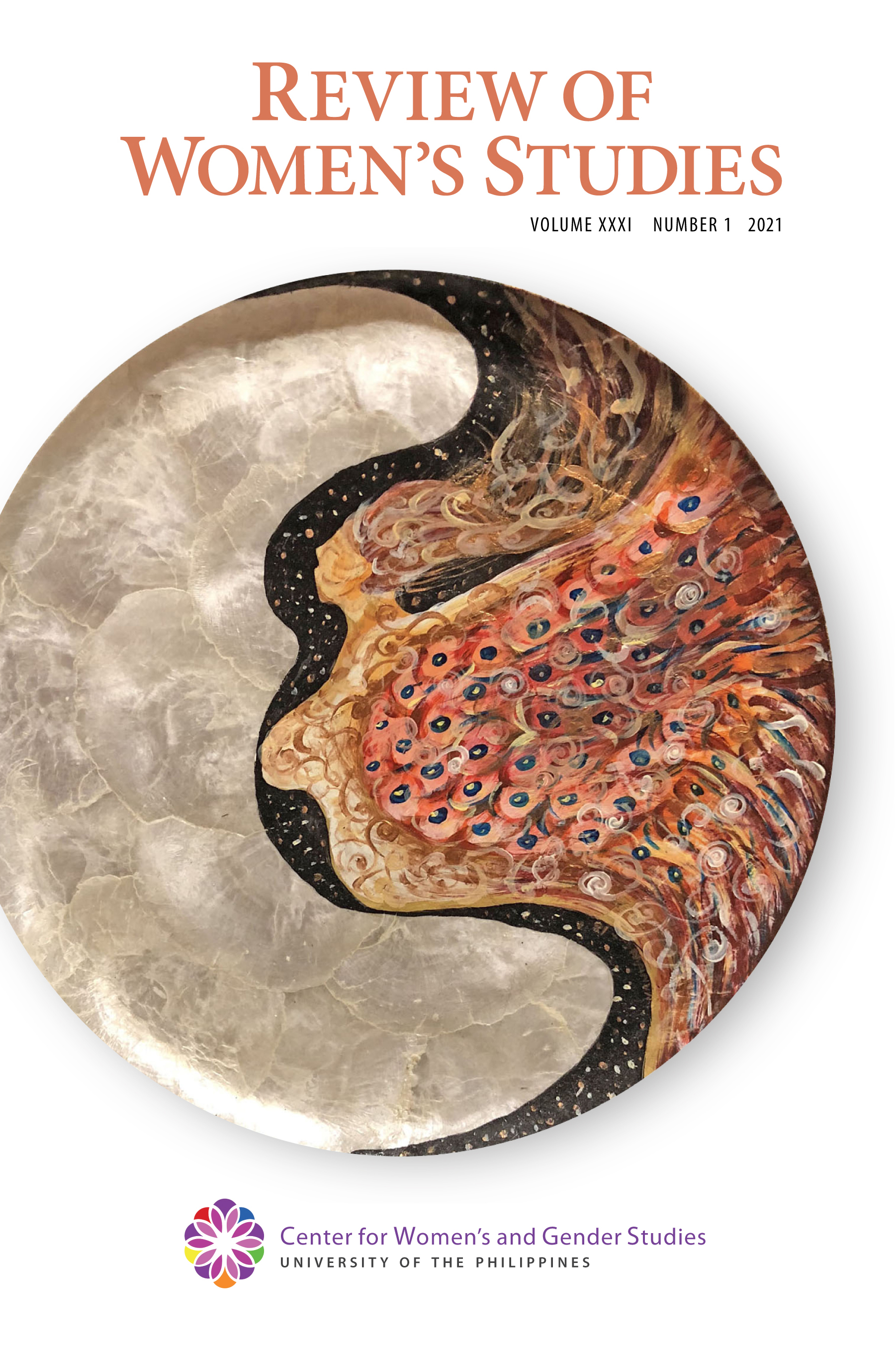Exploring the Spaces of Aging Ls: Narratives on Inclusion-Exclusion of Older/Tiguwang Lesbians in Davao City, Mindanao
Abstract
Space as practice is formed by responses to rules, expectations, cultural habits, values, and other particularizing elements in locations or situations (Lefebvre, 2014). In analyzing the nature of these spaces, gender studies find a specific interest in assessing how privileged, male-centric ways of framing space and place have subordinated certain mobilities of women (Massey, 1994) and lesbian, gay, bisexual, and transgender (LGBT) people (Butler, 2004). This means that some spaces encourage non-discriminatory, humanizing, and socially enabling principles to work; while other spaces may promote sexist, discriminatory, and unsafe locations based on the person’s sexual orientation, gender identity, and expression or SOGIE (Doan, 2010) and age (Walsh et al., 2017). To identify the spaces that aging lesbians find themselves in or choose to be in, this study localizes the meaning of such spaces as either inclusive or exclusionary. Using the qualitative-case study approach (Creswell, 2014), this paper looks into the situation of six older/tiguwang lesbians in Davao City to help identify their spaces/locations, and discuss how such spaces can be considered inclusive or exclusionary. In this study, aging lesbians stay in and frequent the following spaces: home, neighborhood, friends, parks, and work. In these locations, spaces are inclusive if they dispose of gendered mobilities (Massey, 1994) while spaces are exclusionary when they do not challenge, or at least question, expressions of gender-based subordination.
Published
2023-05-12
How to Cite
CHAN, Gina Rose L.; PAVO, Raymundo R..
Exploring the Spaces of Aging Ls: Narratives on Inclusion-Exclusion of Older/Tiguwang Lesbians in Davao City, Mindanao.
Review of Women's Studies, [S.l.], v. 31, n. 1, may 2023.
ISSN 0117-9489. Available at: <https://journals.upd.edu.ph/index.php/rws/article/view/9094>. Date accessed: 25 sep. 2025.
Section
Articles


